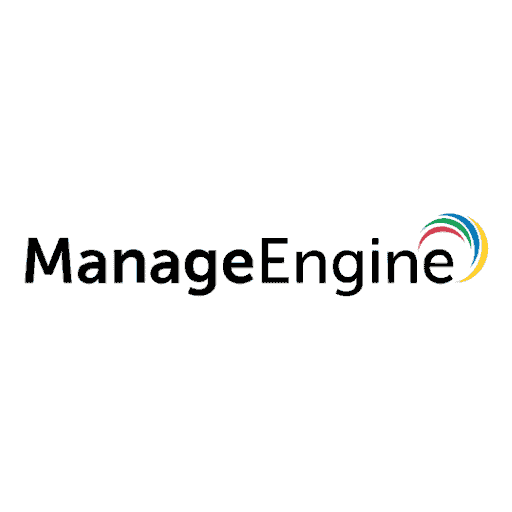Background
Penetration test reports are one of the most critical security deliverables for organisations, yet the way they are produced and handled has barely changed in decades. Security teams still receive findings in inconsistent, manually formatted reports, often requiring labour-intensive work to extract meaningful insights.
The OWASP Penetration Test Reporting Standard (OPTRS) has been created to address this problem, bringing automation, consistency, and interoperability to pentest reporting.
As the Project Lead for OPTRS, alongside co-leads Noah Farmer and Hiren Vavadiya, I have seen firsthand how inefficient pentest reporting slows down remediation efforts. Every pentest provider structures reports differently, making it nearly impossible to automate issue tracking and integrate findings into security workflows.
One of Australia’s largest cybersecurity consultancies told me they spent three months just debating a report template after merging multiple pentest firms. The lack of a standard means security teams spend more time reformatting data than fixing vulnerabilities—a situation that needs to change.
What is OPTRS?
OPTRS is a JSON-based format that allows penetration test reports to be:
- Consistent – Standardised across different pentest providers and teams
- Automation-ready – Easily integrated into SIEMs, vulnerability management platforms, and issue trackers
- Actionable – Findings are structured to support faster remediation and security operations
Rather than manually copying and pasting findings from PDFs into tracking systems, OPTRS allows security teams to immediately use pentest results in their existing security workflows.
Current Phase: Community Feedback & Industry Review
The project is currently in Phase 3: Community Feedback and Review, where we are engaging with penetration testers, security teams, and OWASP contributors to refine the standard before finalisation.
Roadmap for OPTRS
The OPTRS development follows a structured, community-driven approach:
✅ Phase 1: Research and Development (Completed)
Industry research and collaboration with penetration testing professionals
✅ Phase 2: Drafting the Standard (Completed)
Development of the OPTRS JSON schema and reporting structure
⏳ Phase 3: Community Feedback and Review (Current Phase)
Open feedback from penetration testers, security teams, and OWASP contributors
🚀 Phase 4: Standardization and Advocacy (Upcoming)
Official OWASP publication and industry adoption efforts
🔄 Phase 5: Ongoing Maintenance and Updates (Planned)
Continuous updates based on industry changes and feedback
A Call to Action for Security Professionals
The cybersecurity industry cannot afford to let inefficiencies in pentest reporting persist. We need to move beyond static reports and toward automated, structured, and actionable reporting that improves security outcomes.
We are calling on penetration testers, security teams, and security vendors to help refine and adopt OPTRS so we can build an industry-wide standard that improves security operations for everyone.
How to Get Involved
This needs to be an industry-wide effort. If you’re a security professional, pentester, or decision-maker, you can:
📄 Check out the OPTRS schema: OWASP OPTRS JSON Schema
💬 Join the discussion on GitHub: GitHub Discussions
🔗 Contribute feedback on OWASP Slack: OWASP Slack #penetration-testing Channel
This project is about fixing a broken process, not just creating another reporting template. The industry has needed this for years. Now, it’s here. Let’s make it the new standard.




